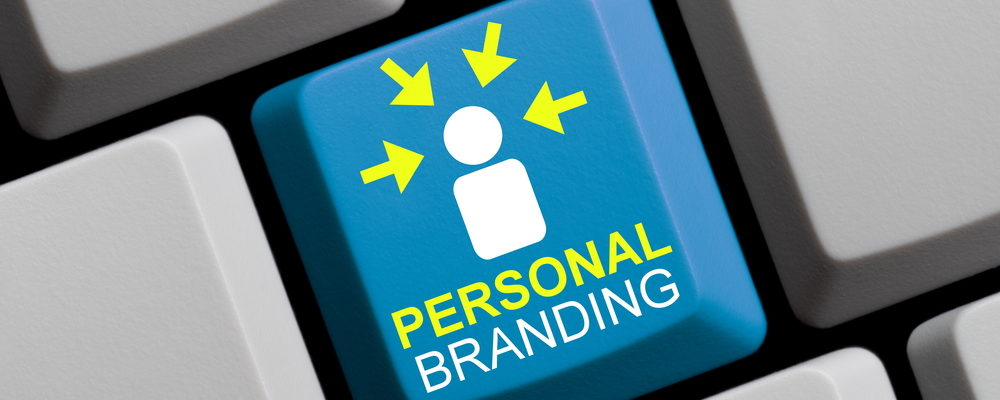“Since leaving my corporate life in America a couple of years ago, I’ve learned that personal branding is one of the most important assets an entrepreneur can have,” noted professional brand-story coach Celinne Da Costa In a feature for Forbes last month.
“The way you show up online is crucial for success,” she added, “including how intentional you are with your content, how genuinely you’re expressing yourself, and whether you are leveraging your story to provide value to others. In today’s hyper-connected world, people crave authenticity from the people and brands they buy from.”
Da Costa unquestionably makes a noble set of observations, here – but it is a classic feature of modern life that the machinery and individuals behind brands often turn out to be less substantial than we thought – or the active opposites of the values that those brands are trying to represent.
That perennial problem was the focus of a New York Times column earlier this month, which pointed out: “In the 1920s, the rise of American consumer culture produced a glut of products that couldn’t be differentiated from one another on sight. The branding that emerged around them has, at points, had a glimmer of utility to it, serving as a way to establish the authenticity and reliability of a particular thing from a particular source.
“But the idea of a ‘brand’ rapidly spread beyond that seal of quality and subsumed a whole constellation of sentiments a company might provoke in a person, many of them wholly abstracted from the product itself.”
So, when it comes to personal branding, should the goal be to project the real you – or the idea of you that you want other people to have? How do you ensure that your personal brand’s image is anchored to the substance of who you are?
The Institute of Leadership & Management head of research, policy and standards Kate Cooper says: “The most important step for anyone to take here is to compile your own mission statement. This should consist of two or three sentences that you are going to remember – and there are several toolkits available online that will help you get there. That mission statement should encapsulate i) who you are, ii) what you believe in, and iii) what you’ve decided is your purpose in life. Then, when you are trying to a) plan a presentation, b) respond to something on social media or c) put a blog together, you will be able to judge instantly whether what you’re imagining is aligned with your core self.”
Cooper explains: “If you find yourself saying something that you yourself don’t believe in, and you realise that you’re only saying it because it’s what the other person wants to hear, then it will jar with the mission statement you’ve devised. So in that sense, the mission statement will become a valuable checking mechanism. You never want to be in the position where you are saying, ‘I can’t believe I said that’, or ‘I can’t believe I posted that’.”
She adds: “If an external stimulus – whether that happens to be an opinion piece, or an interview with someone in your field on the news – provokes a strong reaction inside you, that’s great. But before you respond, refer to your mission statement to determine whether your response is going to be in line with your core self, and indeed proportionate.”
For further insights into the subject of personal branding, BOOK NOW for our upcoming webinar with customer-experience and reputation coach Guy Arnold, set to take place from 5:00pm to 5:30pm on Wednesday 23 May

